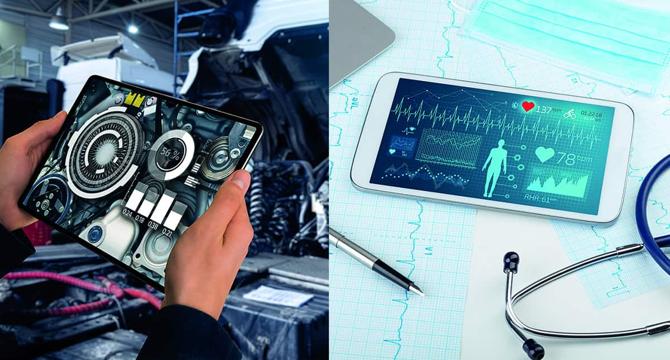Physicsworld
4w
107

Image Credit: Physicsworld
People benefit from medicine, but machines need healthcare too
- The use of technology to monitor the health of machines has evolved significantly over the past three decades, with digitalization and AI playing key roles.
- Similarities can be drawn between monitoring machines and monitoring human health, as both involve tracking physical measurements and diagnosing potential issues.
- Various sensors provide data on parameters like temperature, pressure, vibration, and more, which are then analyzed to assess the machine's health status.
- Diagnosing machine issues involves linking anomalous parameters to probable causes, either based on engineering knowledge or data analysis.
- Real-time monitoring and use of digital twins help predict maintenance needs, optimize resource allocation, and prevent unexpected failures in machines.
- Intelligent maintenance based on real-time health data allows for efficient servicing of machines, saving time and costs for companies with large fleets of equipment.
- While monitoring machines may be more challenging than monitoring humans due to accessibility limitations, technological advancements offer solutions like in-situ inspections and digital twins.
- Regular health checks for machines, similar to humans, can help prevent unexpected failures, reduce maintenance expenses, and improve overall efficiency.
- Applications of machine health monitoring extend to industries with multiple machines, enabling better fleet-wide management and driving innovation in machine design.
- Incorporating technology-driven health monitoring not only enhances machine reliability but also contributes to cost savings and optimized operational processes.
Read Full Article
6 Likes
For uninterrupted reading, download the app